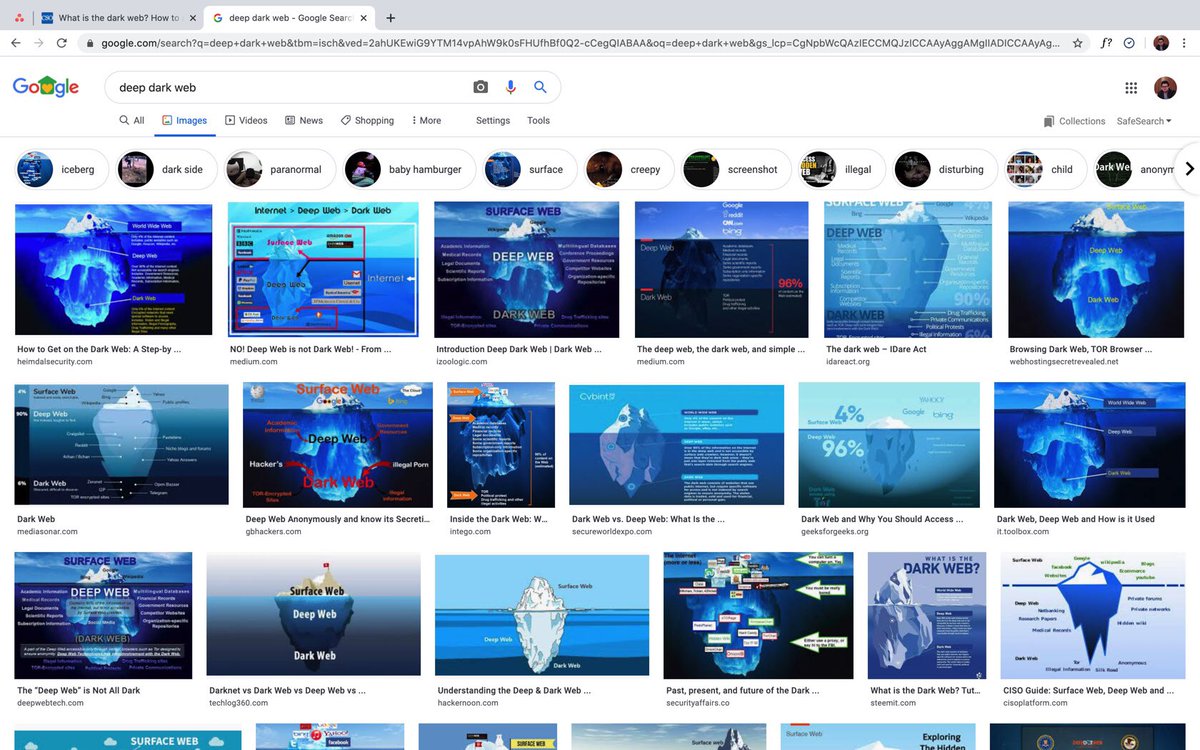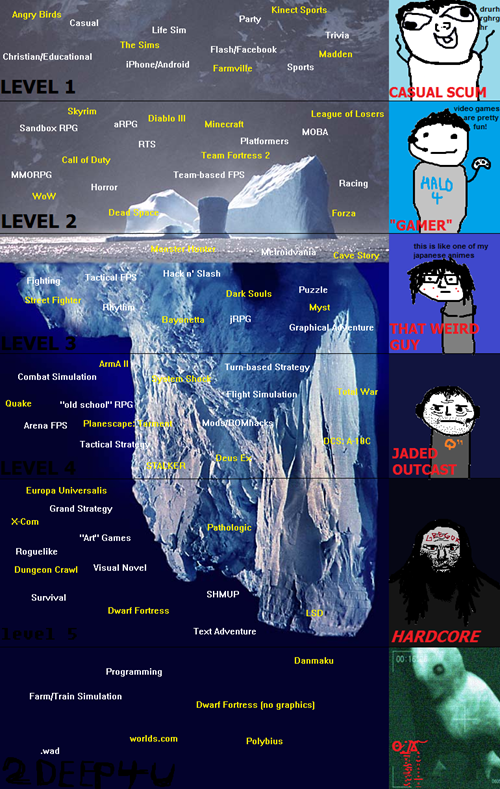

24) higher than the expected value of seawater (i.e. 1, 2), helium isotope ratios ( 3He/ 4He or R, normalized to air ratio Ra = 1.38 × 10 –6 ref. In pore-water samples at three sites of PC9, PC6, and PC7 (Figs. Below those sites, reduced seismic velocities (about 10% V P reduction)-suggesting a hydrated oceanic crust and upper mantle-were clearly observed to about 100 km seaward from the trench 13, 23. This study reports mantle-derived helium released through the Japan trench bend-faults and propose a hydrothermal circulation through bend-faults across the Moho.Īnomalous 3He/ 4He ratios near the bend-faultsĪt two transects crossing the Japan trench, surface sediments were collected by using gravity corers at six seafloor sites located nearby the bend-faults, and then pore-fluids were extracted from the surface sediment samples (Fig. To examine the geometry and associated fluid flow of Japan trench bend-faults, a seismic reflection survey and a geochemical observation of pore fluids were carried out in 2019, specifically using the helium isotope ratio as a valuable tracer for identifying fluid origins 19. Despite the significance of the bend-faults at the incoming Pacific plate, few observations have elucidated the fault characteristics and potential fluid flow along the faults.

For example, hydration of the oceanic crust and upper mantle is suggested by the reduction of seismic velocities and anomalously high V P/ V S ratios 13, 14. 1), offshore of north-eastern Japan, is a well-suited natural laboratory for the study of the bend-faults and their association with oceanic plate hydration 3, 4, 13, 14, 18.

Extension associated with plate bending generates negative dynamic pressure, but the magnitude of such dynamic pressure might be insufficient to overcome confining pressure 17, leaving the depth of seawater penetration debated. However, the buoyancy of water (or equivalently, confining pressure) makes it difficult to bring seawater down even if bend-faulting reaches into the mantle. All the cited studies 5, 6, 7, 8, 9, 10, 11, 12, 13, 14, 15, 16 proposed that persistent brittle bend-faulting across the entire outer trench-slope might provide high-permeability pathways for intensive fluid transport into the lithosphere, which can be driven by extension associated with plate bending, thereby promoting hydration of the oceanic plate. During the past decades, extensive seismic, electromagnetic, and heat flow surveys conducted at Japanese, Alaskan, Central American, and South American subduction zones have reported the presence of a subseafloor water-bearing layer 5, 6, 7, 8, 9, 10, 11, 12, 13, 14, 15, 16. bend-faults) develop at the outer trench-slope of the oceanic plate incoming into the subduction zone 3, 4, 5. Plate bending-related normal faults (i.e. Hydration of the oceanic plate prior to subduction constrains the amount of water transported 1, 2. Water transported by subducting oceanic plates from the Earth’s surface into its interior has been widely recognized. Our findings provide the first reported evidence for a potentially large-scale active hydrothermal circulation system through bend-faults across the Moho (crust-mantle boundary) in and out of the oceanic lithospheric mantle. The 3He/ 4He and 4He/ 20Ne ratios at sites near-trench bend-faults, which are close to the isotopic ratios of bottom seawater, are almost constant with depth, supporting local seawater inflow. This report presents anomalously high helium isotope ( 3He/ 4He) ratios in sediment pore water and seismic reflection data which suggest fluid infiltration into the upper mantle and subsequent outflow through bend-faults across the outer slope of the Japan trench. However, deep penetration of seawater along bend-faults remains controversial because fluids that have percolated down into the mantle are difficult to detect. Numerous geophysical studies and numerical simulations suggest that bend-faults play a key role by providing pathways for seawater to flow into the oceanic crust and the upper mantle, thereby promoting hydration of the oceanic plate. bend-faults) develop at the outer trench-slope of the oceanic plate incoming into the subduction zone.


 0 kommentar(er)
0 kommentar(er)
